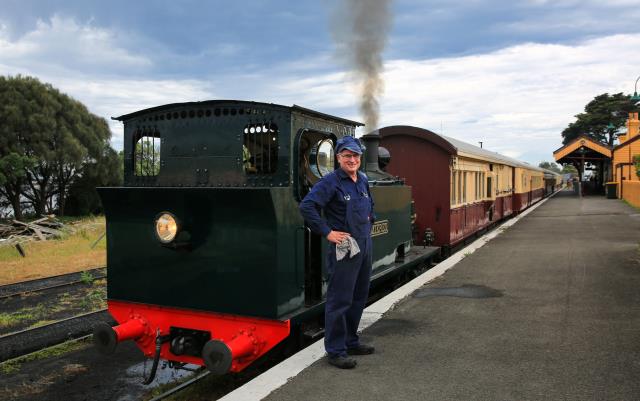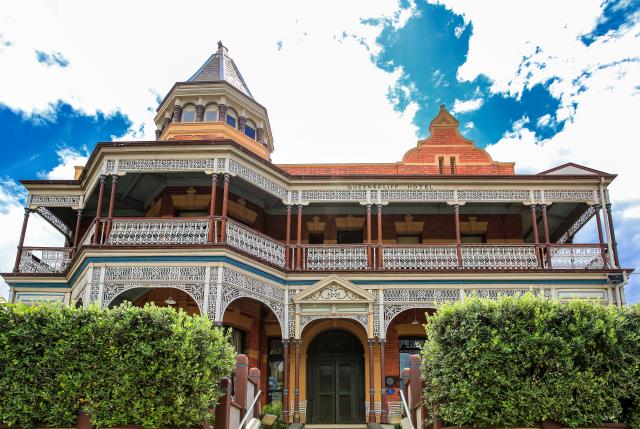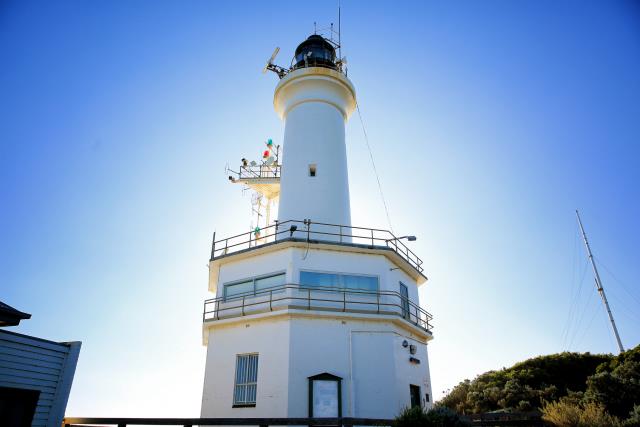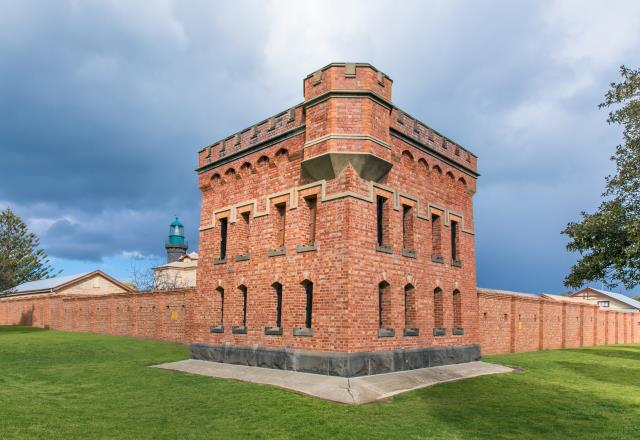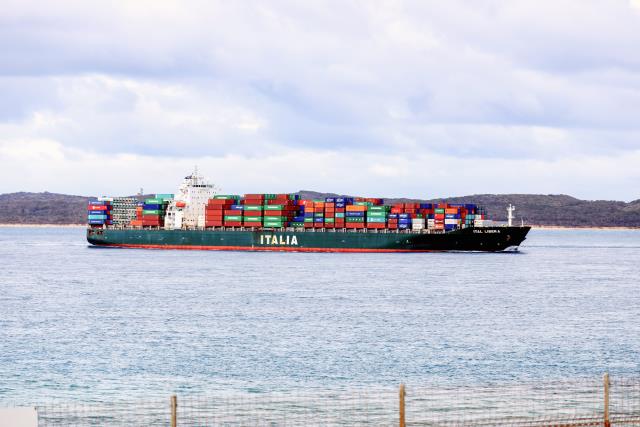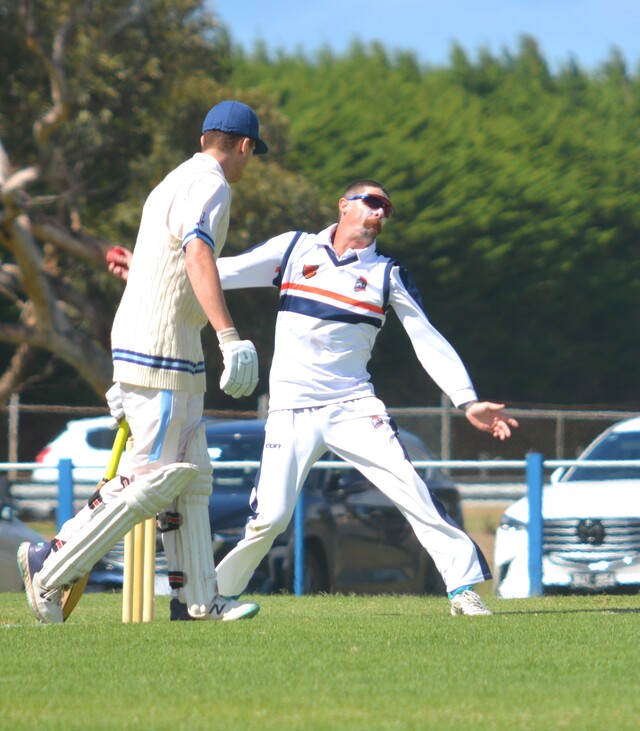Steeped in historical splendour, the Bellarine Peninsula has historical ties that date back to the mid-19th century.
Fort Queenscliff dates back to 1860 when an open battery was constructed on Shortland’s Bluff to defend the entrance to Port Phillip.
The orders for the first Allied shots from WWI came from Fort Queenscliff.
It occupies an area of 6.7 hectares on high ground known as Shortland’s Bluff. It’s now a popular museum and tourist haunt.
The Bellarine Railway operates on a 16km stretch between Queenscliff and Drysdale.
The original line opened in 1872 and connected Queenscliff with South Geelong. For several decades it carried passengers, goods and military traffic before eventually closing in 1976.
It now operates as a popular tourist service.
Escaped convict William Buckley hid at a small cave at Point Lonsdale lighthouse for years.
Buckley escaped at Sorrento in 1803 and walked all the way to the Bellarine Peninsula where he befriended the Wathaurong people and lived in a cave at Point Lonsdale Lighthouse for more than 30 years.
Point Lonsdale Lighthouse is one of the few lighthouses left that is manned 24/7.
This grand old girl dates back to 1902 and the entire precinct is of significant architectural importance.
Tours are held on Sundays
The Rip is among the top 10 most dangerous navigable passages in the world.
The Rip connects Bass Strait with Port Phillip Bay and is the only entrance for ships into Melbourne.
Several hundred lives have been lost in this treacherous stretch of water and since 1840 has claimed 30 ships and severely damaged many others.
Queenscliff is a hotspot for those on a search for architectural history.
The town has plenty of heritage-listed buildings from stately Victorian homes, majestic hotels, quaint shops and beautiful churches.
Guided walks are held every Saturday from 2pm and go for about 75 minutes. Alternatively, do a self-guided 45-minute walk with the aid of the booklet ‘Queenscliff – A Living Heritage’. See the visitor centre for more information.

